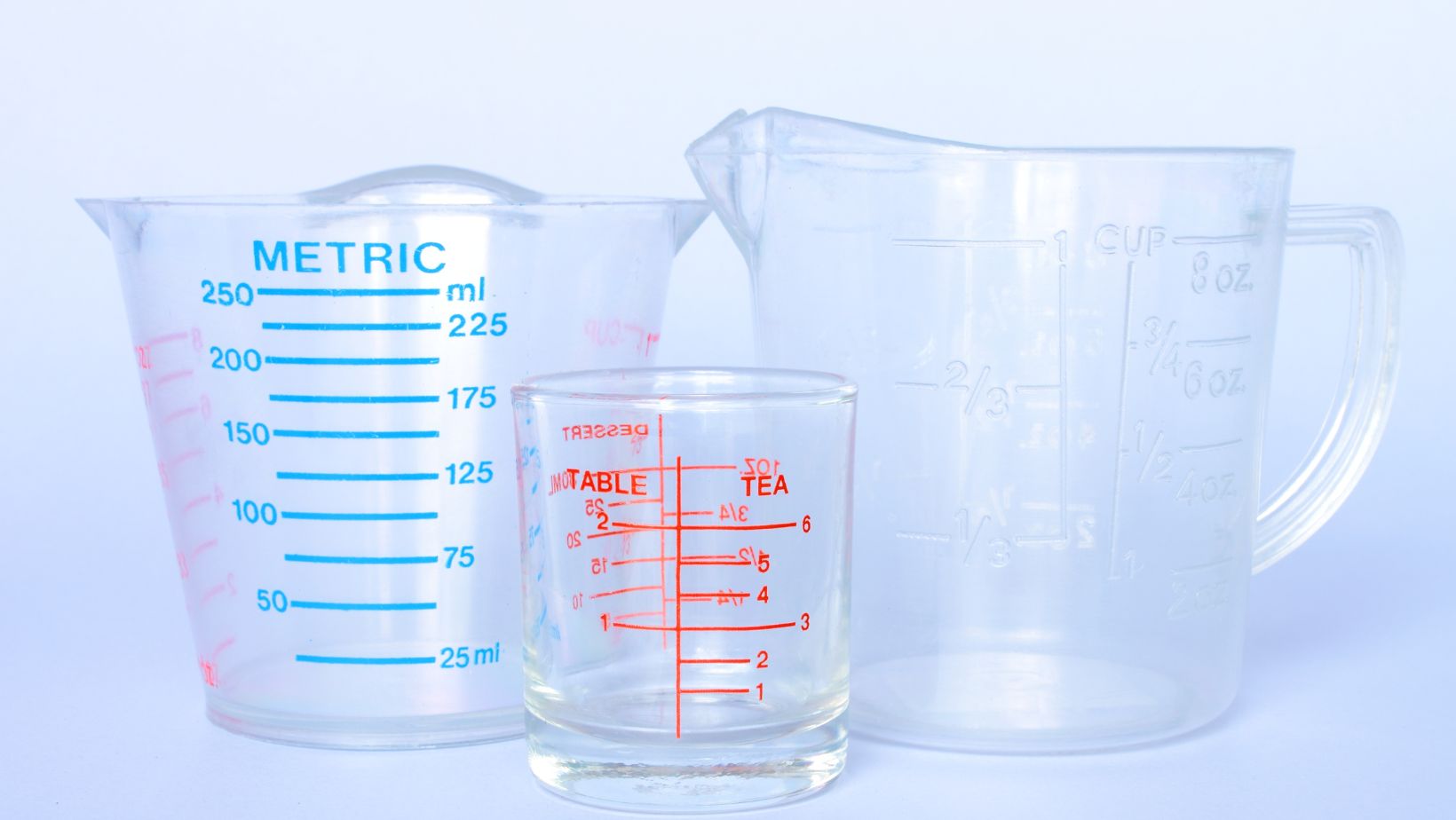The Critical Examination on How Many Values of mℓ are Allowed for an Electron in a 5f Subshell?

How Many Values of mℓ are Allowed for an Electron in a 5f Subshell?
In unraveling the mysteries of quantum mechanics, it’s essential to understand how electrons behave in their different shells and subshells. One such point of intrigue is determining the number of mℓ values an electron can possess in a 5f subshell.
When we delve into the world of atomic structure, we discover that every electron within an atom resides in a specific orbital characterized by three quantum numbers: the principal quantum number (n), the azimuthal or orbital quantum number (l), and the magnetic quantum number (mℓ). The value of mℓ plays a key role in defining an electron’s precise location within its orbital.
For an electron residing in a 5f subshell, each unique set of these three numbers represents one possible state for that electron. To answer our question directly – there are seven allowed values for mℓ when considering an electron in a 5f subshell. These values range from -3 to +3. This tells us about the varying orientations these orbitals can have around the nucleus, thus giving us insight into the fascinating complexity of atomic structure.
Decoding the Magnetic Quantum Number (mℓ)
Diving into quantum mechanics, let’s unravel the mystery of mℓ, also known as the magnetic quantum number. This critical element is key in determining an electron’s probable location within an atom.
To give a little context, three crucial quantum numbers define an electron’s state and behavior within an atom: principal quantum number (n), azimuthal or orbital quantum number (l), and magnetic orbital quantum number (mℓ). Each carries significant meaning, but for now, we’re focusing on mℓ.
It’s important to grasp that the value of mℓ depends largely on another variable – l. The magnetic quantum number can have integer values ranging from -l through 0 to +l. That means if we’re dealing with an electron in a 5f subshell – remember that ‘f’ indicates the value of l is 3 – our allowed range for mℓ is from -3 to +3.
Applying this formula gives us seven possible values for mℓ when we are talking about a 5f subshell:
-3, -2, -1, 0, +1, +2 and +3
It’s not just abstract mathematics; these seven numbers correspond to seven orbitals in which electrons could be found within the f subshell.
But why does this matter? Understanding how many states are available for electrons helps scientists predict chemical reactions more accurately. For example, knowing how many unoccupied orbitals exist may determine whether a certain response will occur!
In essence:
- The magnetic quantum number defines potential locations for electrons.
- Its range depends on another key factor – l.
- For a 5f subshell where l=3: There are seven distinct options (-3,-2,-1,+0,+1,+2,+3)
- This knowledge contributes significantly towards predicting chemical behaviors.
Remember though! While it might seem like we’ve got all bases covered with mℓ values figured out for our electron in its cozy 5f subshell, Quantum mechanics always keeps us guessing!




